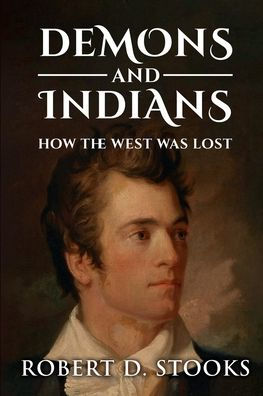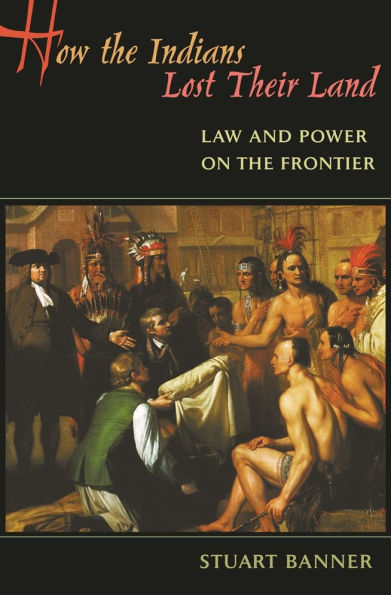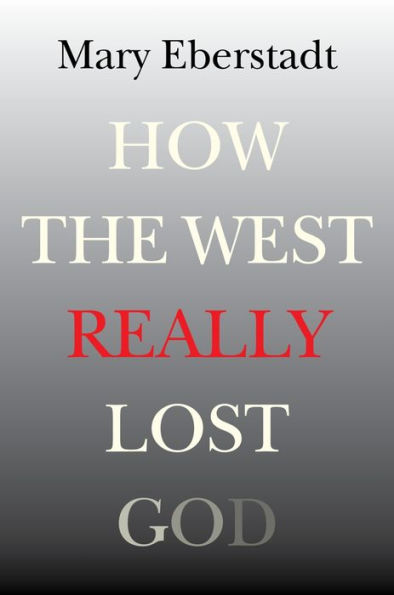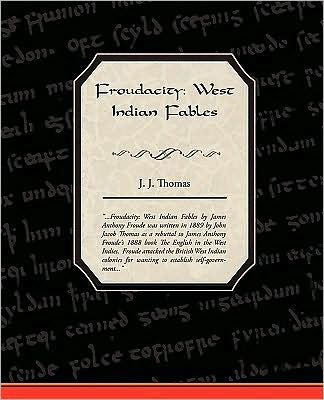Home
Demons And Indians: How the west was lost
Barnes and Noble
Demons And Indians: How the west was lost
Current price: $23.99


Barnes and Noble
Demons And Indians: How the west was lost
Current price: $23.99
Size: Hardcover
Loading Inventory...
*Product information may vary - to confirm product availability, pricing, shipping and return information please contact Barnes and Noble
"Demons and Indians" is a story of an artist who left his financially successful studio in Philadelphia, PA, in 1830 to travel to the western frontier (Mississippi River) to document with paintings the way of life that was being destroyed by civilization in 1830.
He would spend six years painting, writing, and documenting their way of living so future generations would know the history of these primitive people of the western frontier in 1830. In addition to his paintings, he wrote detailed letters that were published in the New York Commercial Advertiser. These letters were sent weekly or as soon as they were written. When the United States government wouldn't acknowledge or purchase George's work, he took his paintings to Europe: England, France, and Belgium. He repeatedly tried to sell his works to the United States government. But the president refused to help and was against anything to do with natives.
George's expenses took a toll on his finances, leaving him bankrupt and unable to pay and leave England. The premature death of his wife and only son destroyed his family, and his three daughters were sent back home. It took some time, but he stole away on a ship headed for South America, where he continued to paint and document the natives who were also disappearing at an alarming rate. After many long years, he earned enough money to return home and spent the rest of his life at the Smithsonian, restoring and updating his life's work. His paintings show their appearance, and his letters tell who the Native Americans were, what, and why.
He would spend six years painting, writing, and documenting their way of living so future generations would know the history of these primitive people of the western frontier in 1830. In addition to his paintings, he wrote detailed letters that were published in the New York Commercial Advertiser. These letters were sent weekly or as soon as they were written. When the United States government wouldn't acknowledge or purchase George's work, he took his paintings to Europe: England, France, and Belgium. He repeatedly tried to sell his works to the United States government. But the president refused to help and was against anything to do with natives.
George's expenses took a toll on his finances, leaving him bankrupt and unable to pay and leave England. The premature death of his wife and only son destroyed his family, and his three daughters were sent back home. It took some time, but he stole away on a ship headed for South America, where he continued to paint and document the natives who were also disappearing at an alarming rate. After many long years, he earned enough money to return home and spent the rest of his life at the Smithsonian, restoring and updating his life's work. His paintings show their appearance, and his letters tell who the Native Americans were, what, and why.

















